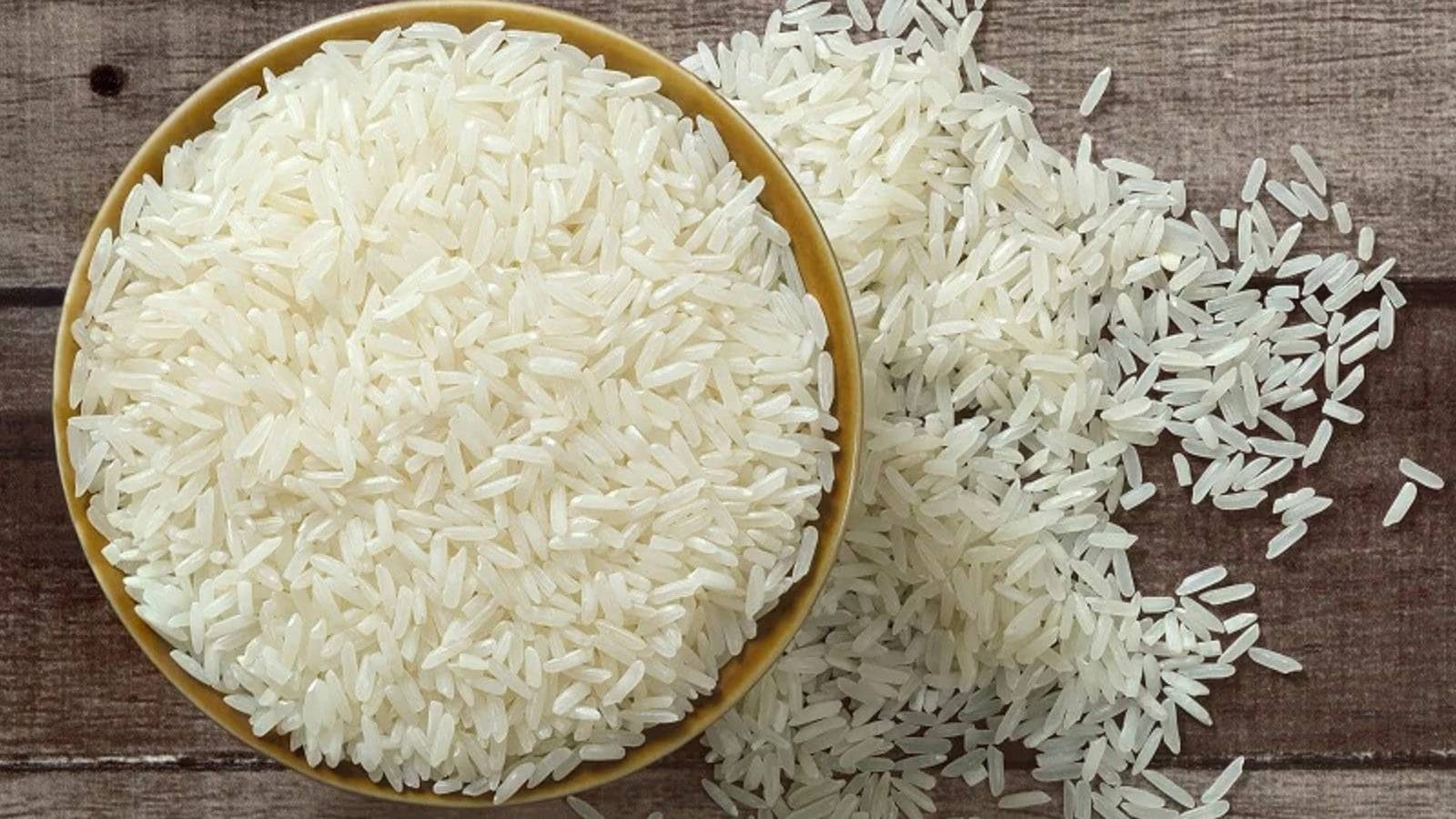Rice Exports Banning Now? After Wheat & Sugar, Know What’s On The Govt Cards
Even as India has restricted wheat and sugar exports in order to ensure the domestic availability of the commodities, the government has now started to promote outbound shipments of rice, according to a moneycontrol report quoting sources. A large domestic harvest and relatively lower international demand have ensured that rice exports will not face restrictions, it added.
Last month, the government banned sugar and wheat exports, primarily aimed at increasing the availability of the commodities in the domestic market and curbing price rise. Following, the Russia-Ukraine war, global commodity prices witnessed a jump due to supply chain disruptions.
“The government has decided to allow export of sugar up to 100 LMT (lakh metric tonnes) with a view to maintain the domestic availability and price stability during the sugar season 2021-22 (October-September),” the DGFT, an investigation arm of the commerce ministry, said last month in its notification.
The retail prices of wheat and wheat flour in India have risen in the past year by up to 19 per cent, and the government’s decision to ban wheat export is expected to cool down the domestic prices in a week or so, Food Secretary Sudhanshu Pandey said last month following the wheat export ban.
Following this, there were speculations that the exports of rice might also be banned. However, the moneycontrol report said, quoting officials, that the export restrictions are not expected anytime soon.
“The last crop has been a bumper harvest. Also, the Centre has been assured by major rice-producing states that weather and agricultural conditions on the ground are suitable for a similar harvest in the coming season,” the report quoted an official as saying.
The government is also identifying countries with large populations that consume rice, alongside wheat. “Talks are ongoing to see whether rice exports can be channeled to these countries on a priority basis. This has been the case for at least three African nations. Exports of rice would be at market rates similar to wheat,” the report said.
Rice exports rose to $9.6 billion in FY22, up from $8.82 billion in FY21 and $6.4 billion in FY20. As of the latest year, the more globally known variety of basmati rice has seen exports decline to $3.5 billion. Meanwhile, expanding to $6.1 billion, non-basmati varieties represented 63 per cent of all rice exports by value.
Meanwhile, the government recently also announced a relaxation on its orders restricting wheat exports. It has been decided that wherever wheat consignments have been handed over to Customs for examination and registered into their systems on or before May 13, such consignments would be allowed for export, according to an official statement.
The relaxation by the commerce ministry, which relates to the May 13 DGFT order that restricted wheat exports, applies to consignments handed over to customs on or before May 13. Even though wheat exports have been banned, the Indian government has said exports could still take place if New Delhi approved a request by other governments “to meet their food securities needs”. Egypt was in talks with India on the exemption.
The Directorate General of Foreign Trade (DGFT), a commerce ministry arm that deals with export- and import-related matters, also asked authorities to issue registration of contracts (RCs) to the wheat exporters who have irrevocable letters of credit (LoC).
Read all the Latest News , Breaking News and IPL 2022 Live Updates here.
For all the latest business News Click Here

